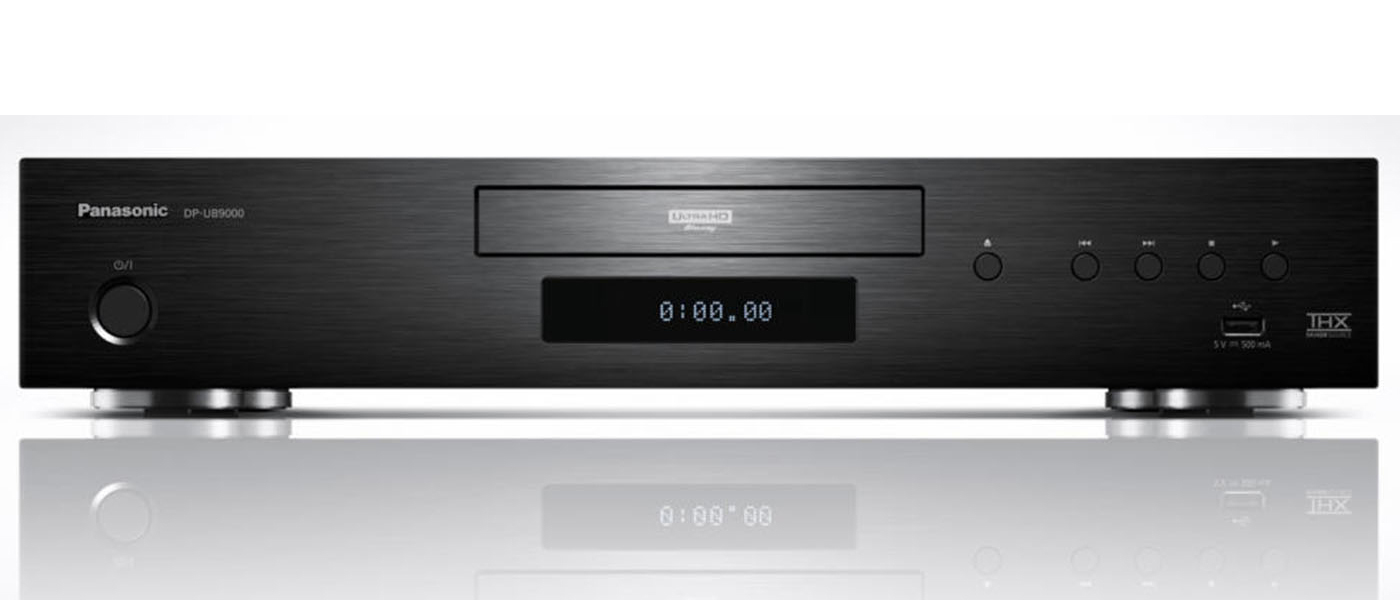
If you are on the market for an LCD display, you’ll want to look at Sony LCDs and Samsung QLEDs. The Sony OLEDs tries to keep everything as accurate as possible but sometimes clip the very brightest highlights in doing so. This gives you as much detail as possible but at the expense of strict accuracy. The LGs attempt to retain all the highlight detail but also brighten shadows. They both do dynamic tone-mapping but in slightly different ways. If you are shopping for a flat panel, you’ll want to look at LG and Sony OLEDs. Sony projectors do something similar, and it looks very good, but it still utilizes the metadata. Their projectors do true frame-by-frame tone mapping. If you’re shopping for a projector, you’ll want to look at JVC and LG. Each frame is then tone-mapped to the capabilities of the display. Dynamic tone-mapping ignores the metadata and actually looks at each frame as it comes off the disc. We’ve talked about dynamic tone-mapping before. In this case, you’d definitely be better off using dynamic tone-mapping. It may say that it was mastered to 1000 nits peak brightness but there is nothing higher than 800 nits on the disc. There have been many cases where the encoding has incorrectly identified the peak brightness.

This means you are relying on the content on the disc to be correct. In that case, you’d be better off using dynamic tone-mapping.Īuthor’s Note: And if the disc doesn’t have Dolby Vision, then you are stuck with HDR10. But if you are getting player-led Dolby Vision, you likely aren’t. If you have display-led Dolby Vision, you are getting the very best HDR out there (as of this writing). Well, the problem is that you don’t often know which type of Dolby Vision you are getting. When looking at display-led or player-led Dolby Vision, it is easy to wonder which is the best. The display knows how bright it can get and it should be able to tone-map the image more accurately. The display then tone-maps the Dolby Vision information.
#BEST UHD PLAYER DOLBY VISION FULL#
In this case, when the HDMI handshake is made, the display tells the player to send it the full information. Display-Led Dolby VisionĪlternatively, there is display-led Dolby Vision. If it chooses 500 nits, then some of the bright detail will be lost (as it adjusts 750 down to 500). They certainly have one for 1000 nits (since that is HDR10 mastering default) and maybe 500 nits. They may have one for 750, but more likely they don’t. Most players have what amount to lookup tables for tone mapping. The display may communicate that it has a maximum output of 750 nits.

Most player-led Dolby Vision solutions don’t really have the ability to know map exactly to your display’s abilities. Unfortunately, players aren’t as smart as we’d like them to be.
#BEST UHD PLAYER DOLBY VISION HOW TO#
The player then needs to interpret that into how to tone-map the image before it sends it to the display. Usually, with player-led Dolby Vision, the display tells the player what model it is or how bright it can go. Together, they will decide whether the Dolby Vision image will be player-led or display-led. During this handshake, the display will tell the player what it is and maybe how bright it can get, the player will then tell the display what signal it can send. To do this, the player and the display have to talk. This metadata describes scene-by-scene or frame-by-frame the brightest and darkest pixels in the image. Dolby Vision is a metadata layer on top of the HDR10 base. This means, even if your display cannot display Dolby Vision, it can decode the HDR10 base layer. So, how do they work and which is the best? How Dolby Vision Worksĭolby Vision starts with a base layer of HDR10 (on disc, this is always true, streaming can be different).

But few people realize that there are two different implementations of Dolby Vision – player-led and display-led (or TV-led). It includes HDR metadata that gives compatible displays frame-by-frame brightness and contrast information to ensure the best picture possible. Dolby Vision is considered the “best” High Dynamic Range (HDR) solution.


 0 kommentar(er)
0 kommentar(er)
